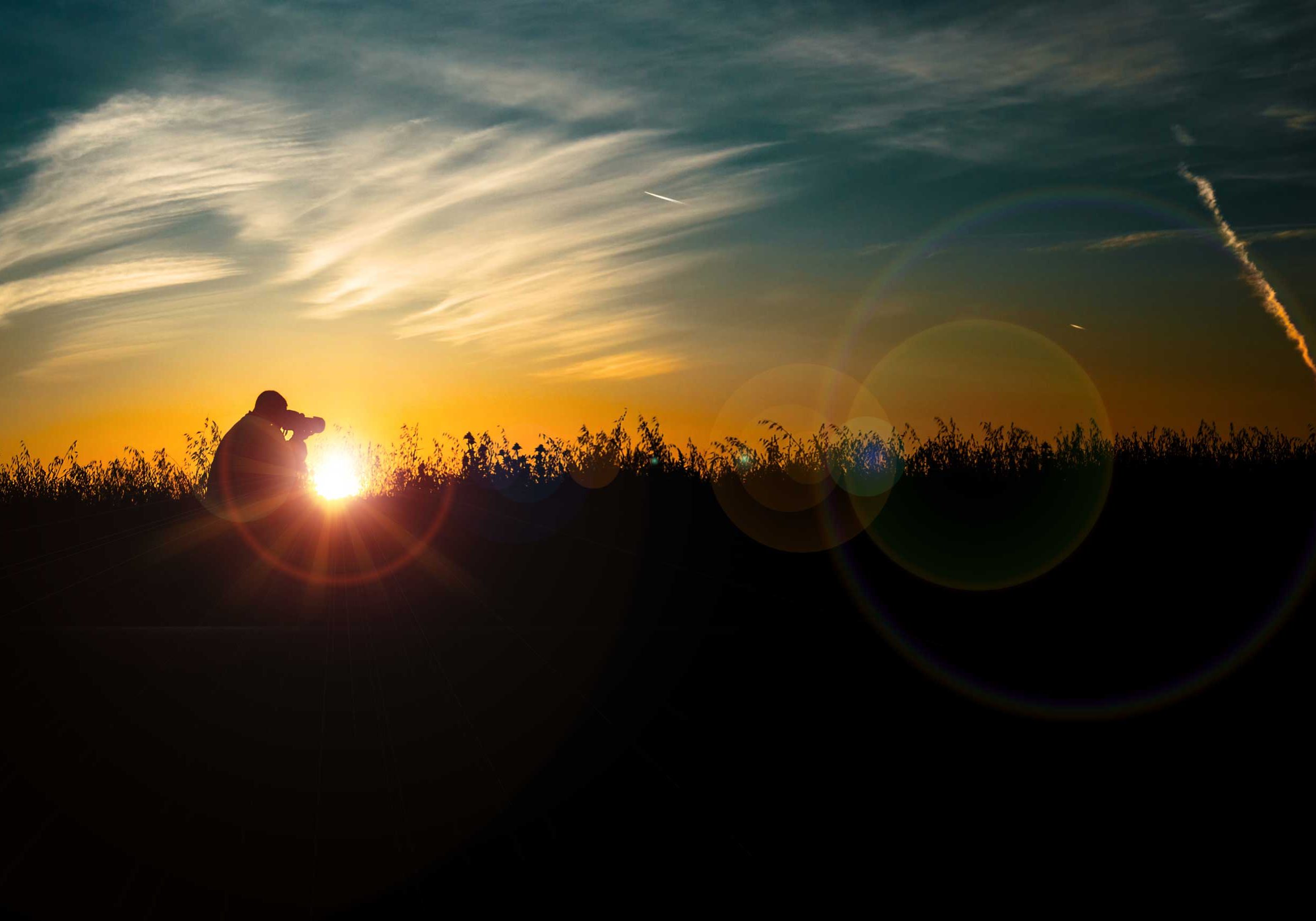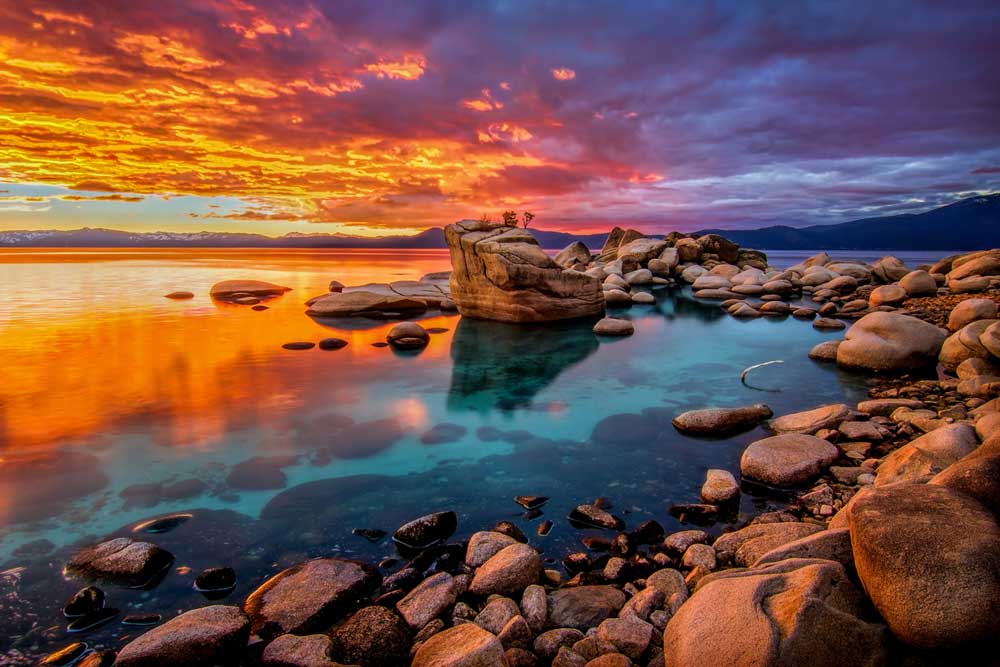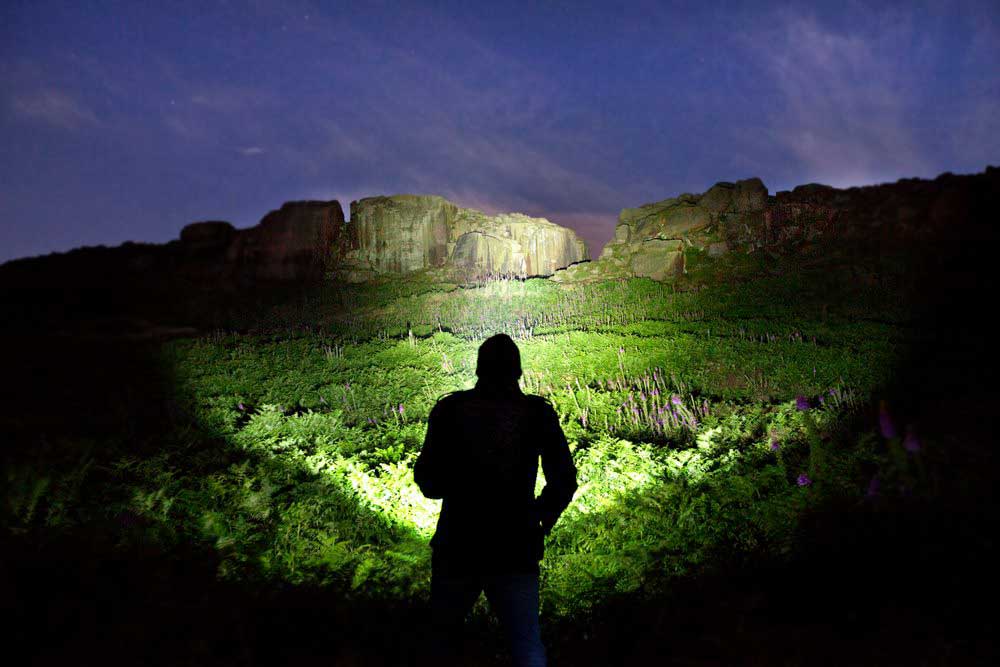
5 simple tips for golden hour photography
by Northern Life
It’s one of those simple pieces of advice that sounds obvious once you know, but can have you banging your head against the wall when you don’t – when possible take your photos in the hour after sunrise or the hour before sunset. If you want the richest, warmest, most beautiful light, these hours are prime time for natural light photography.
Often referred to as golden hour photography, this simple tip can skyrocket your photography to new heights.

Ask any professional photographer and they are likely to agree that lighting can make or break a photograph. You may well have the stunning landscape or the beautiful model, but without the right quality of light you can still be left with a flat, dull, and uninspiring photograph. During the first hour of dawn and the last hour of dusk, the sun is low in the sky, providing a soft and diffused light which is often preferable to the harsh midday sun.
Here are our 5 tips for getting the best out of your golden hour photography.
Get there on time
Blink and you’ll miss it; you need to know exactly when the golden hour is going to happen. This will change throughout the seasons so check your local sunrise/sunset times and make sure you’re there before it starts.
And don’t expect an hour
There are a number of factors that could change your golden hour into mere minutes.
If you’re in the north of England like us, your worst enemy is quite likely to be cloud cover, so be ready for that break in the clouds. Cloud cover can be incredibly frustrating and potentially ruin your shoot, but on the other hand when that sun breaks through the results can be spellbinding.

Also, depending on your distance from the equator the sunrise and sunset will happen at different speeds (the closer to the equator the faster the sunrise).
With this in mind, try to make sure you know what you want to shoot before that perfect moment occurs.
Make the most of your time
If you get set up and you’re lucky enough to get great shots straight away, don’t head straight home. Stick around for the full hour; the light will change dramatically.
Use your tripod

At the times closest to sunrise and sunset your scene will be very dark and you might be tempted to wait a while (or pack up), but there will be colours and textures at this time that you might not get at other times. It would be a shame to miss out, so set up your camera on a nice sturdy tripod (we like this lightweight Manfrotto tripod), set the ISO as low as you can, and use a long exposure.
Balance the exposure
In the softer dusk or dawn light it may seem that contrast between light and dark isn’t so great, but there will still be a huge difference. This is particularly important if you want to capture that gorgeous sky whilst still getting detail the foreground.
Use exposure bracketing if your camera allows – many DSLRs have have AEB (Automatic Exposure Bracketing). As a result you will have two or three images that are perfectly exposed for each area of the photo, which can be blended in post-production.
Alternatively, you might be lucky and find the perfect single exposure for the whole image. Make sure you shoot in RAW and you’ll have plenty of range to play around with when you get your shots on your computer.
Take a torch and a hot drink

Mark Davis at the Cow and Calf using a Klarus XT20 Dual Head flashlight
If you’re heading out at these times you will inevitably find yourself in darkness. It can be very disorientating and there’s nothing more embarrassing than being recovered by search and rescue!
So take a torch; it sounds obvious but it can be easy to forget, particularly if you’re setting off in daylight.
Take a flask too – it will probably be cold!
